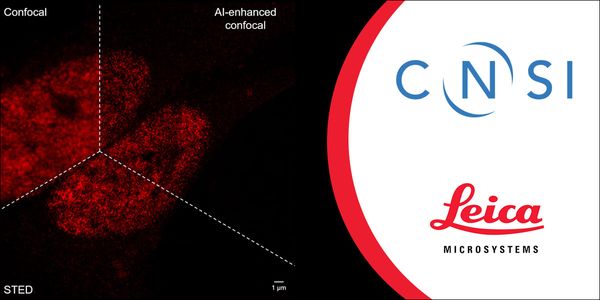General process and Laboratory Analysis
Laboratory analysis refers to tests performed by a lab, usually on a body fluid, tissue, or excretion for the purpose of determining the presence/absence/concentration of various substances in the human body. It can also refer to other experiments, etc. which take place within a laboratory.
-
Screening to identify all known viruses and other pathogenic microorganisms including bacteria, fungus and parasites in human tumor tissues will provide a more comprehensive understanding of...Speaker: Erle Robertson, PhD
APR 23, 2019 | 9:00 AM
DATE: April 23, 2019TIME: 9:00am PDT, 12:00pm EDT ABSTRACT: Learning Objectives: List benefits of liquid based collection and transport systems...
APR 18, 2019 | 9:00 AM
DATE: April 18, 2019 TIME: 9:00am PDT...
Speaker:
Aydogan Ozcan, PhD
, Hongda Wang, MS, BS
, Yair Rivenson, PhD
, Laurent Bentolila, PhD
Sponsored By: Leica Microsystems
QIAGEN helps your team focus on the opportunities, not the obstacles, with an end-to-end clinical testing solution. During this talk, we will present our clinical decision support solutions,...
Speaker:
Sheryl Elkin, PhD
, Dan Richards, PhD
Cannabis sativa is an herbaceous plant of high interest, with applications of the plant and its products varied and ripe with investment. The Cannabis industry experienced a new surge of busi...
Stimulation of human visual cortex is known to elicit visual perceptions that could potentially be used for restoring artificial vision to individuals who have lost their vision due to non-co...
FEB 26, 2019 | 9:00 AM
DATE: February 26, 2019TIME: 9:00am PST, 12:00pm EST In an era of increasingly high-throughput, large-scale biology, with companies, government and non-prof...
Speaker:
Andrew Brooks, Ph.D.
, Shawn Levy, Ph.D.
, Brad Hamilton
, Fay Betsou, Ph.D
Sponsored By: Brooks Life Sciences
FEB 07, 2019 | 8:00 AM
Date: February 7, 2019Time: 8:00am PST, 11:00am EST Modern microscopes are becoming increasingly complex instruments enabling registration of image sets far beyon...
DEC 18, 2018 | 10:00 AM
DATE: December 18, 2018TIME: 10:00am PST, 1:00pm EST Precision medicine anticipates the clinical application of whole-genome sequencing (WGS), as evidenced by the...
With significant decrease in the cost of sequencing in numerous commercial as well as cancer center–driven initiatives, genomic profiling is increasingly becoming routine across multipl...
Speaker:
Bing Zhou, PhD
NOV 13, 2018 | 6:00 AM
DATE: November 13,2018TIME: 3:00pm CET, 7:30pm IST, 06:00am PST The assessment of cell health and cellular responses after experimental manipulation continue to be a very important...
As the most common female malignancy, breast cancer is the most likely reason that a woman will die of cancer around the world. Breast cancer mortality has dropped in the U.S. by 35% since 19...
Speaker:
Benjamin Anderson, MD
Lung cancer is the leading cause of cancer-related mortality worldwide. Large-scale sequencing studies have revealed the complex genomic landscape of NSCLC and genomic differences between lun...
Speaker:
Nicholas McGranahan, PhD
Two projects looking at novel approaches to targeting inflammatory breast cancer will be presented. Inflammatory breast cancer (IBC) is a unique, understudied, and most lethal subtype account...
Speaker:
Kevin Williams, PhD
























